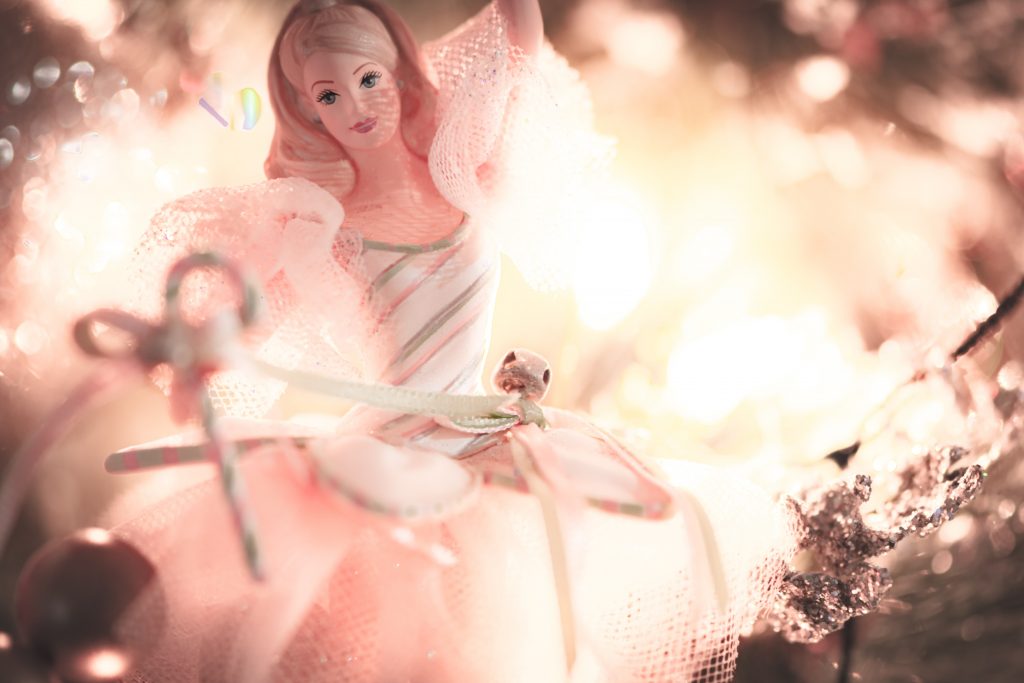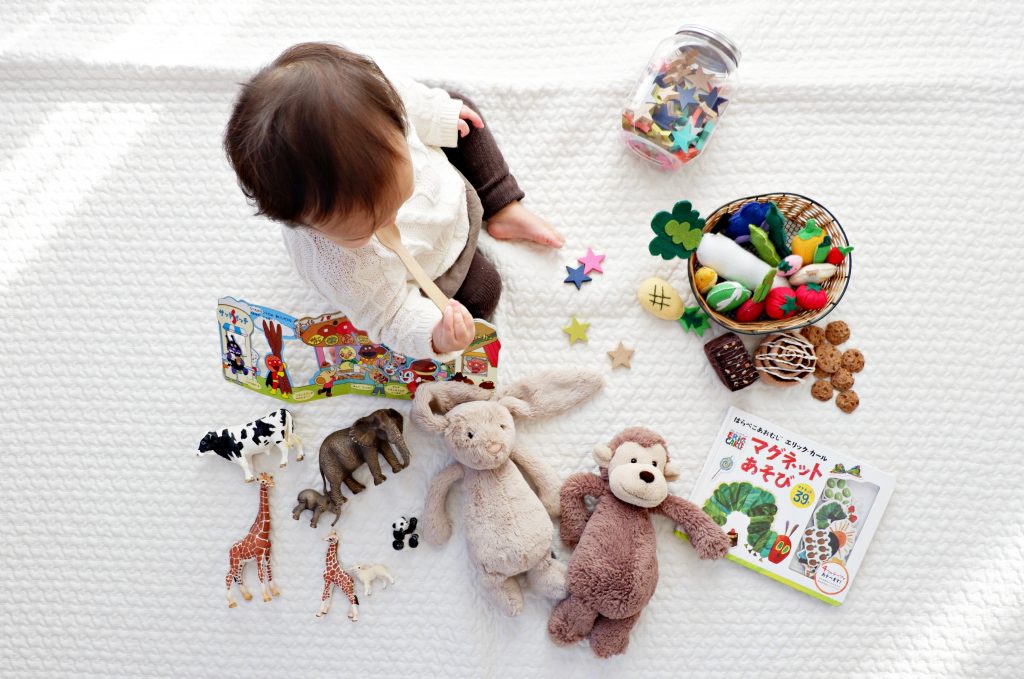Introduction
Barbie—perhaps no other doll has etched its presence into the collective consciousness as deeply as this iconic fashion doll. This article delves into the captivating history of Barbie, tracing its evolution from a simple toy to an enduring cultural phenomenon that continues to inspire generations.
The Birth of Barbie
In the late 1950s, Ruth Handler, co-founder of Mattel, recognized a gap in the market for adult-like dolls that could empower young girls’ imagination. Inspired by watching her daughter Barbara role-play with paper dolls, Handler envisioned a three-dimensional fashion doll. In 1959, Barbie made her debut at the American International Toy Fair in New York. With her stylish attire and mature appearance, Barbie marked a revolutionary departure from conventional baby dolls.
Barbie’s Impact on Pop Culture
Barbie didn’t merely become a toy; she evolved into a potent symbol of beauty, fashion, and aspiration. With her signature blonde hair, blue eyes, and impeccable wardrobe, Barbie redefined beauty standards and fashion trends. Over the decades, Barbie’s versatility extended to various professions, roles, and even fantasy realms, allowing children to envision limitless possibilities.
Expanding Diversity and Inclusivity
As societal values progressed, so did Barbie. Responding to calls for diversity and representation, Mattel introduced a more inclusive range of dolls. Different skin tones, ethnicities, body types, and careers emerged, reflecting the real world’s vibrant tapestry. This shift aimed to empower children with dolls that resonated with their identities and aspirations.
Collaborations and Collector’s Editions
Barbie’s allure extended beyond playtime. Collaborations with renowned designers like Karl Lagerfeld and Vera Wang led to limited edition dolls that melded fashion and art. These collector’s items became sought-after treasures for enthusiasts and fashion aficionados alike, blurring the lines between toy and haute couture.
Criticism and Controversies
Despite its success, Barbie faced criticism for perpetuating unrealistic body standards. The doll’s proportions were scrutinized for promoting an unattainable image of beauty. However, these critiques catalyzed change. Mattel responded by launching dolls with diverse body types, further cementing Barbie’s role as an advocate for positive self-image.
Barbie’s Evolution in the Digital Age
Embracing the digital era, Barbie seamlessly transitioned into the virtual realm. Barbie’s digital presence extended to video games, apps, and interactive experiences. The brand’s ability to adapt to technological advancements kept it relevant and engaging for tech-savvy generations.
Barbie’s Enduring Appeal
What sustains Barbie’s allure is a blend of nostalgia and innovation. For those who grew up with Barbie, the doll encapsulates cherished memories. Simultaneously, Mattel’s commitment to continuous reinvention and creativity ensures that each generation discovers a fresh and exciting Barbie experience.
Conclusion
From her pioneering debut to her current status as a beloved icon, Barbie’s journey is a testament to her power as a cultural force. With a legacy spanning decades, Barbie continues to inspire, empower, and captivate minds with her boundless possibilities.
FAQs
- Why is Barbie considered a cultural phenomenon? Barbie’s influence extends beyond the toy industry; she embodies changing beauty ideals, career aspirations, and cultural shifts.
- How has Barbie adapted to changing beauty standards? Barbie has evolved to include diverse body types, skin tones, and hair textures, reflecting a more realistic and inclusive image.
- Are vintage Barbie dolls valuable in the collector’s market? Yes, vintage Barbie dolls can be valuable, especially if they are in good condition and part of a limited edition release.
- How does Barbie promote diversity and inclusivity? Barbie’s expansion into diverse body types and career choices aims to provide a range of relatable role models for children.
- What is the significance of Barbie’s role in pop culture? Barbie’s influence on fashion, beauty ideals, and the portrayal of women in media makes her an important reflection of societal trends and values.


